The hyena is a carnivorous mammal that lives in the savannahs of Africa and southeast Asia. There are four species: striped hyenas, brown hyenas, spotted hyenas and aardwolves. Depending on the species, their length varies from 110 to 180 centimeters and their weight from a minimum of 35 kilos to a maximum of 85. The spotted hyena is also known as the laughing hyena because its mating cry resembles human laughter. Hyenas also communicate using sounds that are outside the range of human hearing.
They have glands that secrete strong odors, permitting pack members to recognize one another individually. Hyenas subsist mainly on the carcasses of dead animals, which they dismember using their strong jaws. The spotted hyena also attacks live prey, including zebras, antelopes and even buffalos. They tend to hunt at night.
Packs can contain as many as 80 members, and are ruled by females. In courtship, the female selects her companion. The spotted hyena was once considered hermaphroditic. The male and female genitalia of the species are similar. This is a result of the high concentration of male hormones in female blood, a fact that also helps explain the origins of the female’s aggressive streak. Hyena pups are born after a three- to four-month gestation period. They exit their mother’s womb with well-developed teeth, their eyes wide open, and are innately aggressive. The pups often engage in mortal combat with one another for dominance. Hyenas are essential in preserving the savannah ecosystem. For example, the presence of too many carcasses on the savannah would alter the soil’s chemical composition, damaging the vegetation. According to African legend, the devil rides on the hyena’s back at night, weighing the animal down. This is why it has an unattractive, clumsy gait.
They have glands that secrete strong odors, permitting pack members to recognize one another individually. Hyenas subsist mainly on the carcasses of dead animals, which they dismember using their strong jaws. The spotted hyena also attacks live prey, including zebras, antelopes and even buffalos. They tend to hunt at night.
Packs can contain as many as 80 members, and are ruled by females. In courtship, the female selects her companion. The spotted hyena was once considered hermaphroditic. The male and female genitalia of the species are similar. This is a result of the high concentration of male hormones in female blood, a fact that also helps explain the origins of the female’s aggressive streak. Hyena pups are born after a three- to four-month gestation period. They exit their mother’s womb with well-developed teeth, their eyes wide open, and are innately aggressive. The pups often engage in mortal combat with one another for dominance. Hyenas are essential in preserving the savannah ecosystem. For example, the presence of too many carcasses on the savannah would alter the soil’s chemical composition, damaging the vegetation. According to African legend, the devil rides on the hyena’s back at night, weighing the animal down. This is why it has an unattractive, clumsy gait.
RELATED
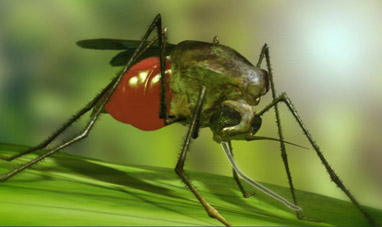

MOSQUITO
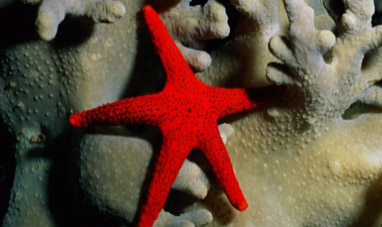

STARFISH
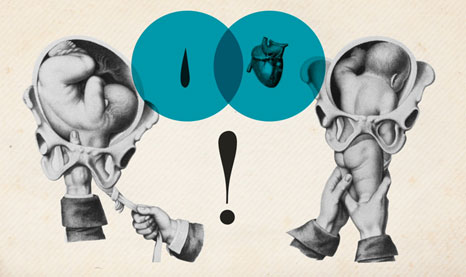

CHILDBIRTH
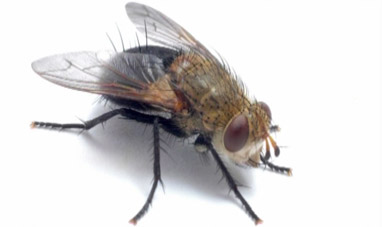

FLY


OIL
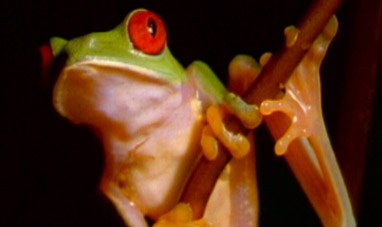

FROG
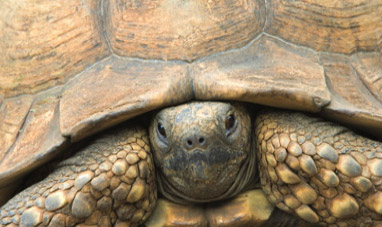

TORTOISE
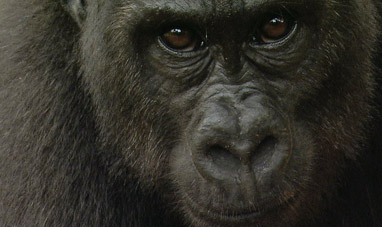

GORILLA


NATURAL GAS (METHANE)
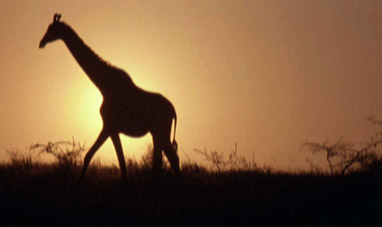

GIRAFFE
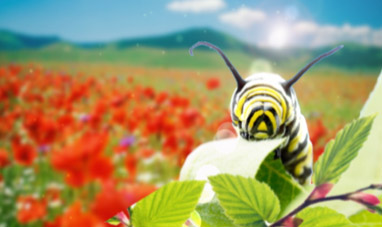

CATERPILLAR


FLAMINGO


COMMON COLD
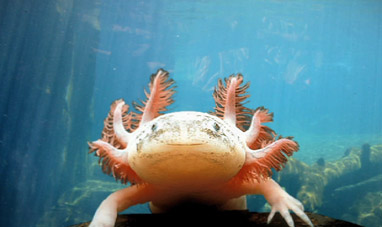

AXOLOTL


CARS


THE HANDS
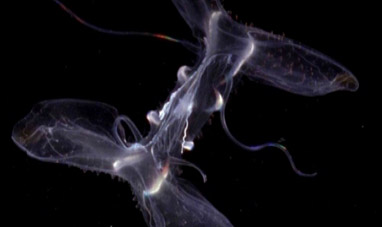

JELLY FISH
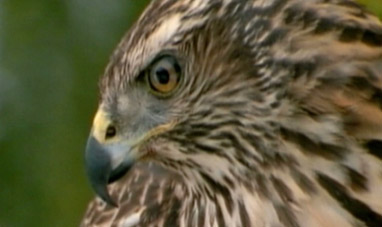

FALCON
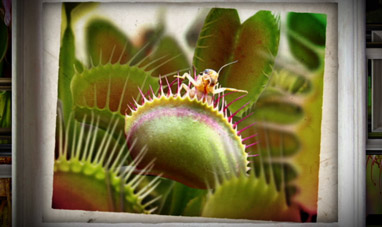

CARNIVOROUS PLANTS


THE SOLAR SYSTEM
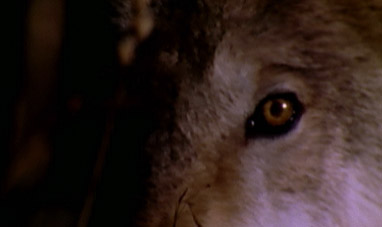

WOLF


DOLPHIN


GOOGLE
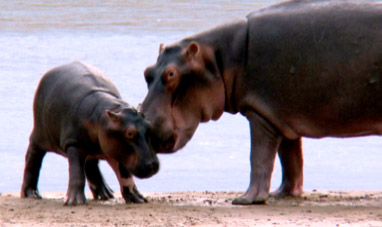

HIPPOPOTAMUS


METEORITES
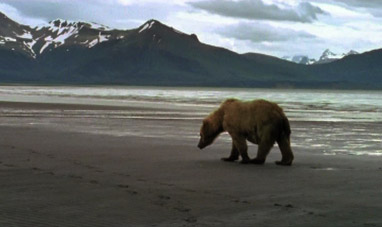

BEAR
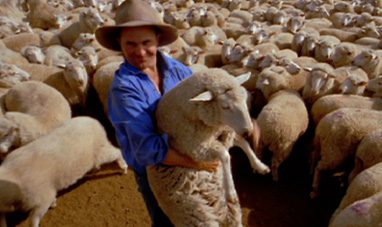

SHEEP


SEAL


BIG DATA
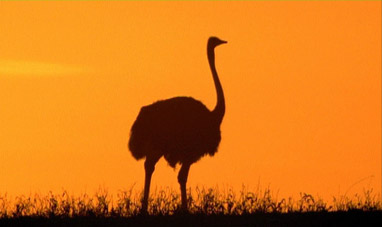

OSTRICH


EBAY
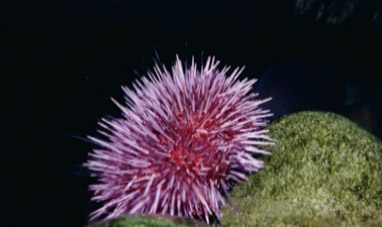

SEA URCHIN
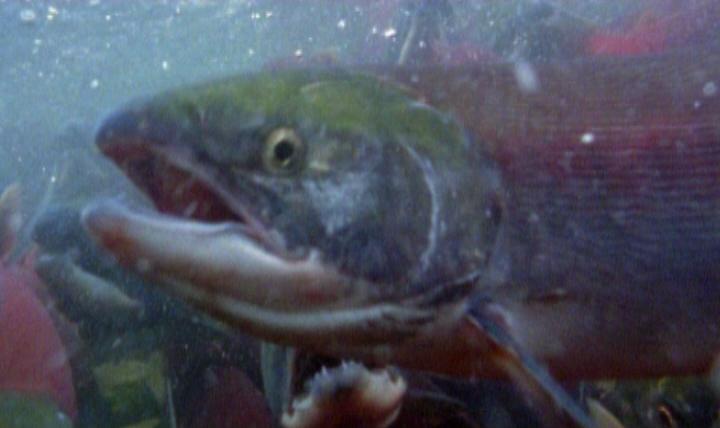

SALMON


PENGUIN
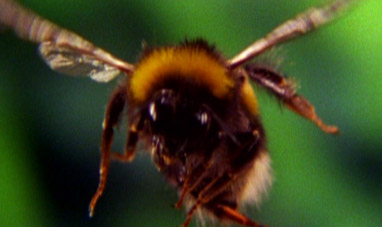

BEE


TEETH
